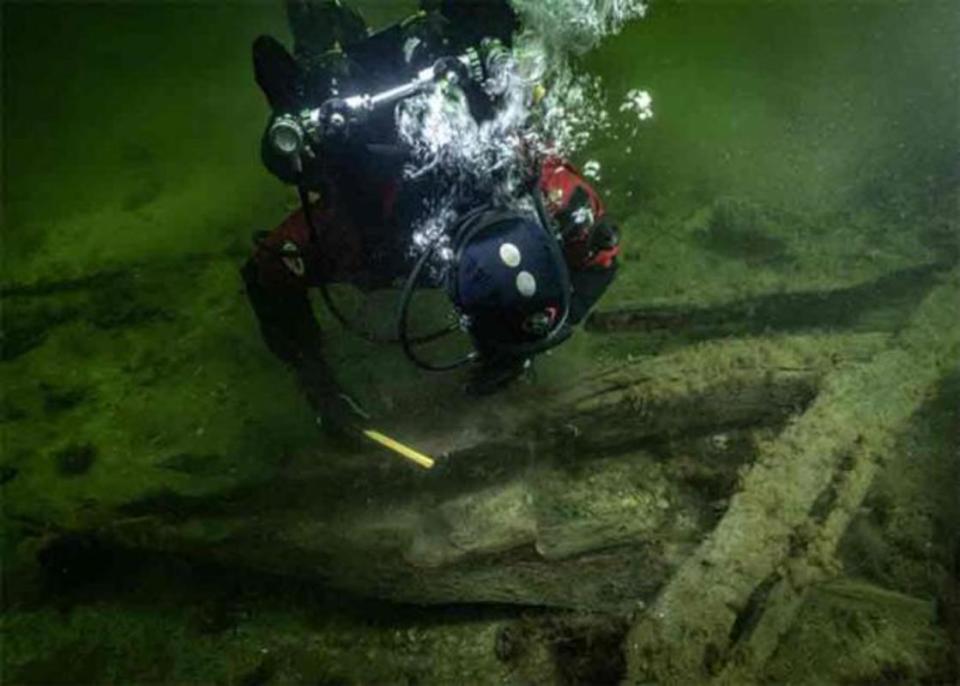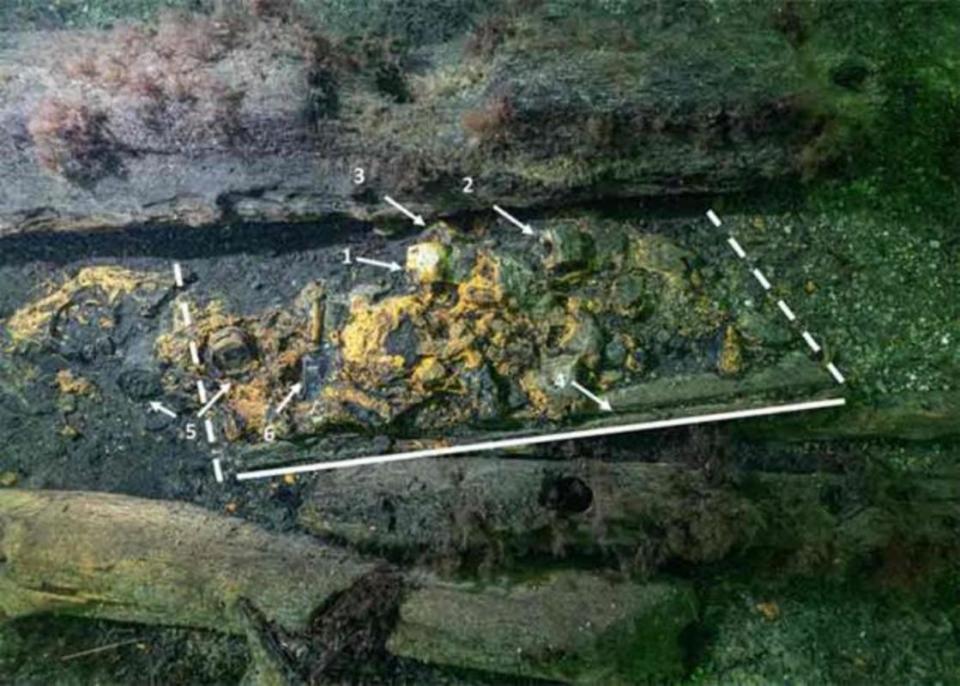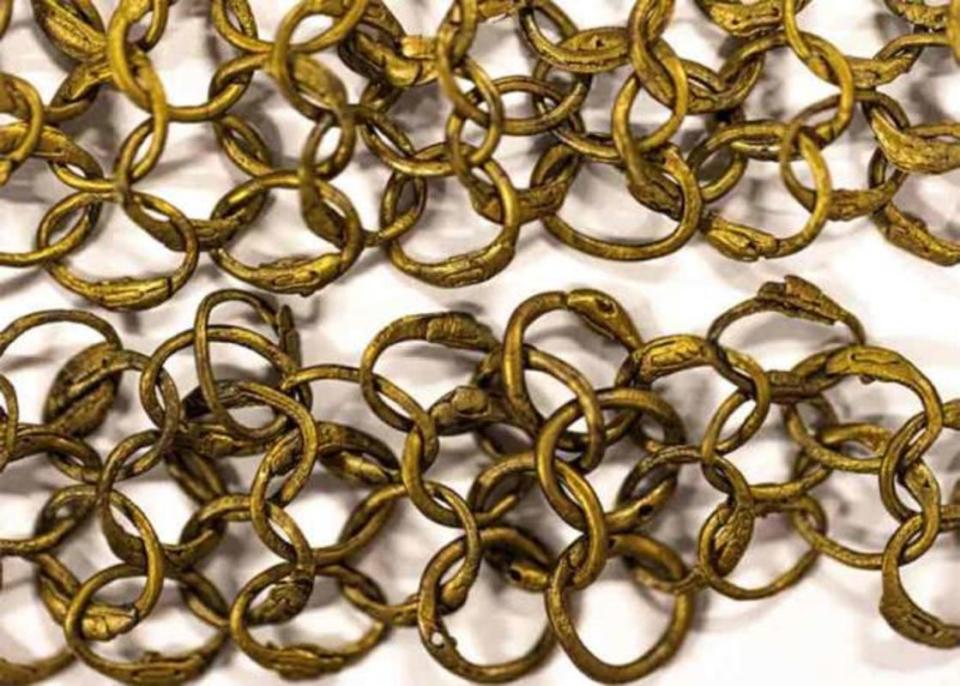Marine Archaeologists Find Medieval Treasure in Sunken Battleship
Marine archaeologists from Stockholm University and Södertörn University in Sweden made a remarkable discovery in the Blekinge archipelago while conducting a dive to explore Danish King Hans' ship, Gripen. Results of the dives, which were conducted last year, are just now being revealed, Ancient Origins reported.
The Gripen has been submerged in the region since it sank following a fire in 1495, taking hundreds of crew members down with it. Though the boat long ago disintegrated, the actual remains of the ship are in fact tremendously well-preserved. Officials confirmed that timbers from the ship’s superstructure were found in relatively good condition not far from the wreckage site. Researchers are hoping they will be able to exhume and reconstruct the ship so that it can be made available to the public.
The most astonishing finds were two surviving cannon mounts and a unique weapons box. The weapons case was first located in 2019, but it’s taken five years to exhume it and catalog its contents. It was found to contain bullet molds and a lead sheet, used to produce lead bullets for early handguns. Officials theorize it was an ammunition box that belonged to German mercenaries who sank with the Gripen.

Florian Huber/Stockholm University
An annotated photo shows the various components of the chest.

Florian Huber, with outlines and notes by Rolf Warming/Stockholm University
Numerous fragments of metal, thought to be from chain mail shirts on board the ship, were recovered from the site on previous dives and have also recently been analyzed. An analysis by Stockholm University found that the metal contained several different threads and seemed to be accomplished through various methods of construction, which indicates that the chain mail had been repaired several times before the ship sank.

Rolf Warming/Stockholm University
Researchers say the ship will provide important insight into the so-called “military revolution at sea,” when battle tactics shifted from up-close-and-personal combat to naval dogfights. The Gripen will be compared to the Mars and the Vasa, similarly recovered warships which sailed circa 1564 and 1628, respectively, in order to track the development of military boats.

